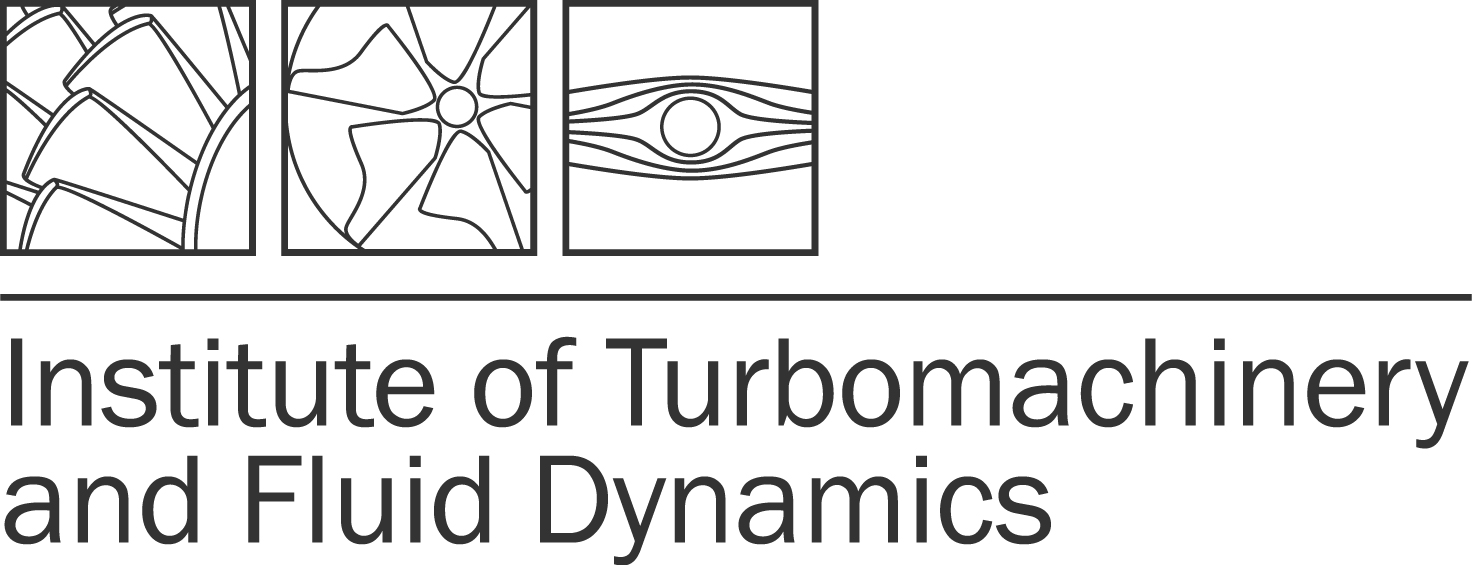Description
Areas of application
-
Non-contact measurements: The non-invasive method enables precise measurement of the flow field without influencing it
-
Use in narrow flow channels: Suitable for measurements with limited optical accessibility
-
Boundary layer measurements: Particularly suitable for boundary layer measurements that require high spatial resolution
Functionality
-
Measurement variables: Flow velocity
-
Measurement principle: Determination of the flow velocity by measuring the time of flight of particles between two focused laser beams
-
Signal processing: Scattered light pulses from particles are optically recorded, amplified and electronically evaluated
-
Statistical evaluation: Average velocities and turbulent fluctuations are calculated by analyzing many particle movements
-
Extensions to the TFD: Qualitative measurement of particle size distributions and concentrations
Properties
-
Small optical access: Ideal for measurements in hard-to-reach areas
-
High signal-to-noise ratio: Precise measurements with minimal interference signals
-
Very small measurement volume: High spatial resolution within the flow field





